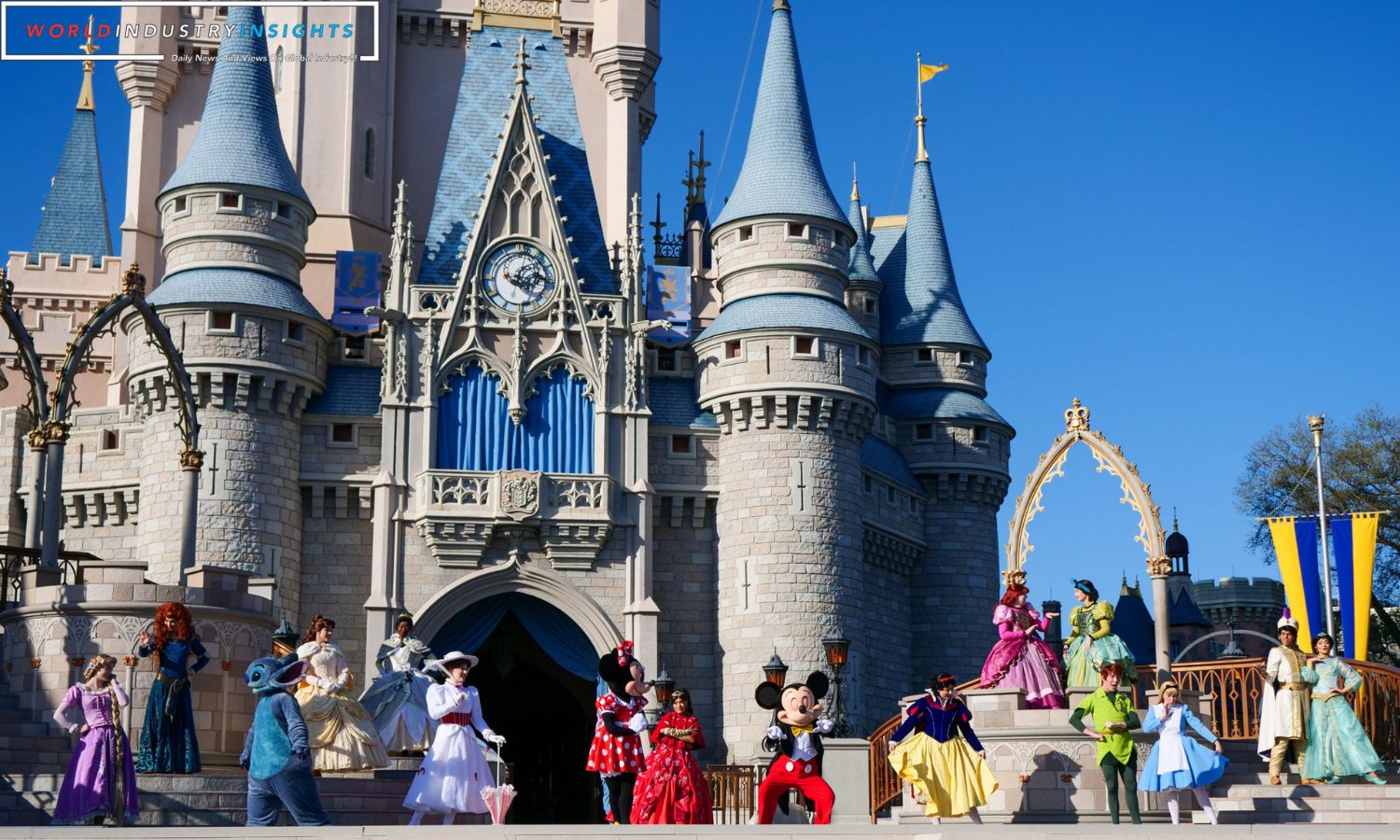Disney Comeback Magic: Walt Disney, symbolising resilience and adaptability, has once again surprised Wall Street by outperforming earnings expectations. While grappling with challenges in its traditional TV network, Disney’s strategic moves, including higher attendance at its Asian theme parks and a stellar performance in the streaming space, have revitalised investor optimism.
Shares of the entertainment giant surged by 3% in after-hours trading, reaching $87.14, reinforcing the market’s faith in CEO Bob Iger’s determined cost-cutting initiatives. A considerable rise in Disney+ streaming subscribers, driven by the inclusion of blockbuster content like “Guardians of the Galaxy Vol. 3” and the original series “Star Wars: Ahsoka,” played a crucial role in Disney’s impressive performance. With a combined total of 150.2 million subscribers for Disney+ and Disney+ Hotstar, Disney has comfortably exceeded Visible Alpha’s estimated 147.4 million.
Disney’s CEO, Bob Iger, expressed his satisfaction, stating, “Our results this quarter reflect the significant progress we’ve made over the past year. While we still have work to do, these efforts have allowed us to move beyond this period of fixing and begin building our businesses again.” The company is well on its way to achieving annualized savings of $7.5 billion, achieved through aggressive cost management.
However, it’s worth noting that Disney is facing renewed pressure from activist shareholder Nelson Peltz, whose Trian Fund Management is anticipated to seek board seats. Trian had previously sought a single board seat in January but called off its proxy fight a month later when Iger unveiled a restructuring plan aimed at saving $5.5 billion.
Trian has not provided an immediate response to Disney’s latest earnings report. Nevertheless, Disney’s results underscore a laser-focused commitment to efficiency across the board while continuing to prioritise content creation. This strategy sets Disney apart in a new world driven by streaming, which some traditional rivals are yet to fully embrace.
Also Read: Disney Strategic Hulu Acquisition Reshapes the Streaming Landscape
In a contrasting development on the same day, Warner Bros Discovery saw its shares plummet by 19% due to the ongoing Hollywood strikes and a weak advertising market, posing challenges to earnings in the coming year. While film and television writers successfully ratified a new three-year contract in September, SAG-AFTRA actors have been on strike since July, disrupting the 2024 film slate and depriving media companies of fresh content.
Paul Verna, an analyst at Insider Intelligence, offered a word of caution against the idea that Disney’s success is an outlier. He emphasised that this is only one quarter and that the disruptive effects of the actors’ strike, economic factors, and the competitive landscape in traditional media and streaming vary widely among major players.
Quarterly losses in Disney’s streaming services, which include Hulu and ESPN+, have significantly narrowed, moving from $1.47 billion a year earlier to $387 million. This transformation is attributable to pricing adjustments and increased advertising revenue. Disney is confident that its streaming business is on track to achieve profitability by September 2024. The company is also gearing up to introduce a beta version of a combined Hulu and Disney+ app in December, with a full launch planned for the spring.
Disney’s newly named Experiences group, encompassing its theme parks, resorts, cruise lines, and consumer products, reported a robust operating income of nearly $1.8 billion in the quarter, marking a 31% increase from a year ago. This growth was fueled by higher attendance at Shanghai Disney, Hong Kong Disneyland, and Disneyland resorts, along with the expansion of the cruise business. These gains effectively offset lower results at Walt Disney World in Florida.
The Entertainment unit at Disney, encompassing its television networks, film studios, Disney+, and Hulu services, posted an operating income of $236 million during the quarter, a notable improvement from losses of $608 million the previous year.
However, Disney faced challenges in its ABC network and owned TV stations, witnessing a decline in advertising revenue due to shrinking viewership. The performance of the summer movie “The Haunted Mansion” fell short in comparison to the previous year’s “Thor: Love and Thunder.”
In the sports business segment, which includes Disney’s ESPN-branded television channels, ESPN+ streaming service, and Star-branded sports channels in India, Disney reported an operating income of $981 million, marking a 14% increase compared to the same period the previous year. Reduced programming costs, coupled with a surge in subscription revenue from ESPN+, played a pivotal role in this performance.
Bob Iger stated that ESPN achieved its best overall viewership in four years, particularly excelling in the 18-to-49-year-old demographic coveted by advertisers. He also revealed that the company is actively seeking partners as it prepares to transition ESPN into the realm of streaming. “We’ve engaged with a number of different entities,” Iger remarked, indicating a significant level of interest in this transformative endeavor.
Disney’s latest results reflect a company in motion, navigating both challenges and opportunities while adhering to a resilient and visionary path forward.
Our Reader’s Queries
Will Disney bring back Magical Express?
Regrettably, there are no indications that Disney’s Magical Express service will make a comeback at Walt Disney World. As a fellow Disney enthusiast, I relish a vacation where I can avoid driving and rely on the monorails, buses, boats, and Disney Skyliner cars to transport me to my enchanting destinations each day.
What is the busiest day at Disney World?
Disney World experiences its highest crowds during certain holidays and events. These include New Year’s Day, Martin Luther King Jr.’s Birthday, Presidents’ Day/Washington’s Birthday, Spring Break (last 2 weeks of March), and Easter (both the week before and the week after typically have increased crowds). If you’re looking to avoid the crowds, it’s best to plan your visit during off-peak times.



